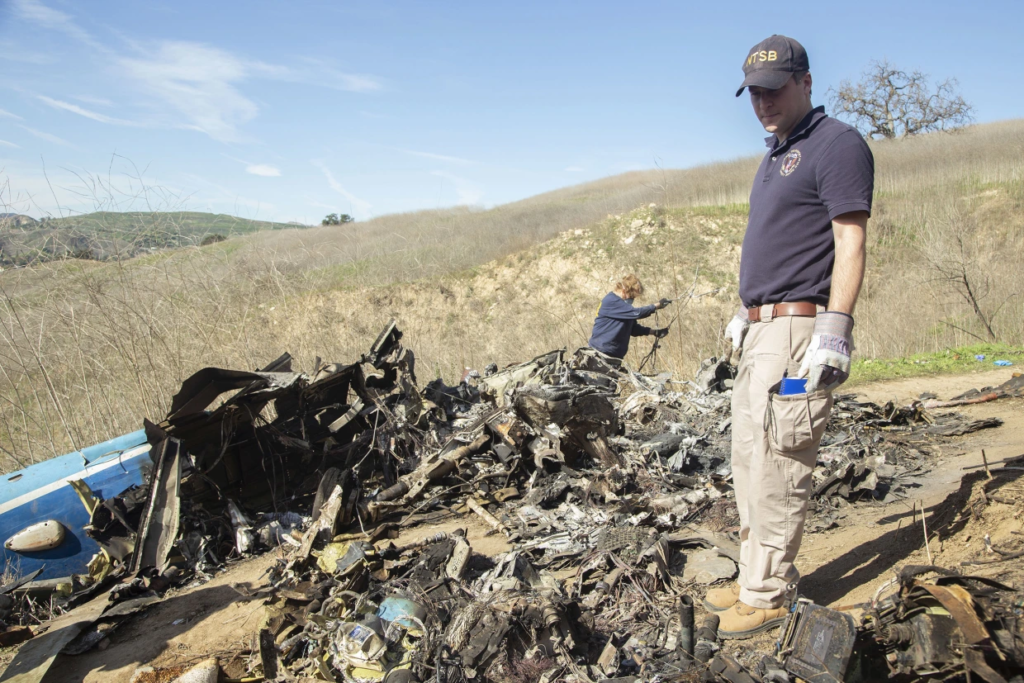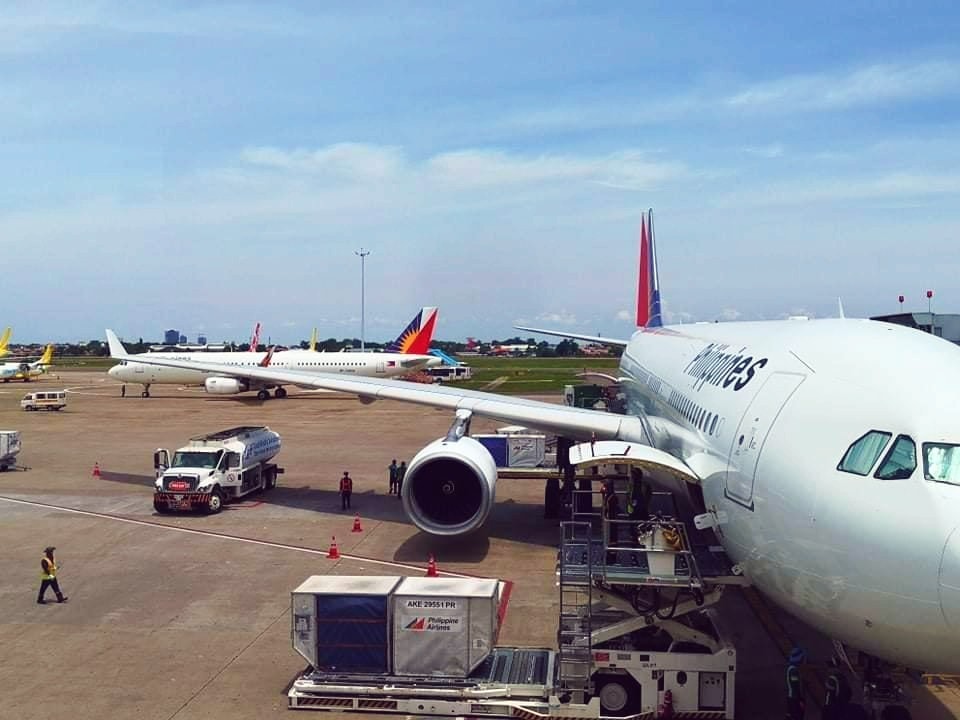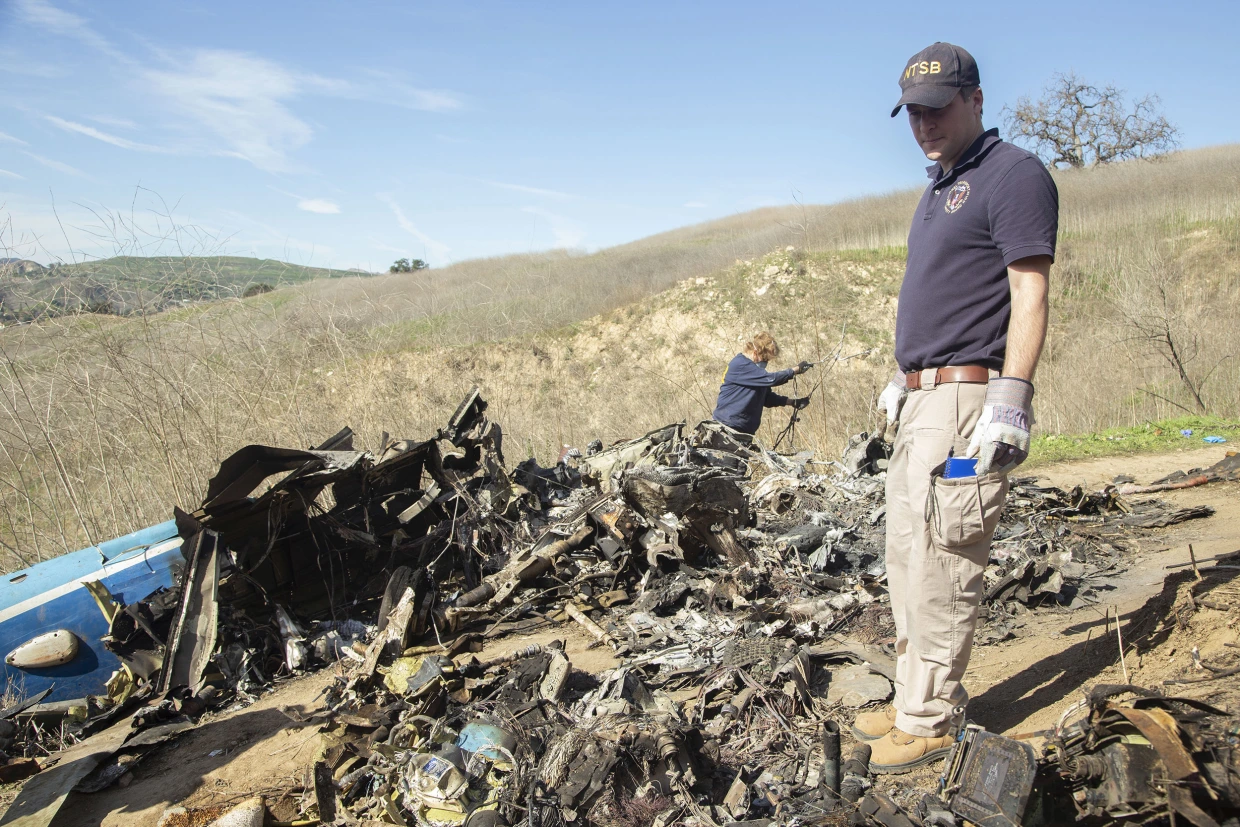
Four years ago on January 26 (Pacific Standard Time), a Sikorsky S-76B helicopter operated by Island Express Holding Corp. crashed in Calabasas, California, tragically taking the lives of all nine people on board. Among them were Kobe Bryant, a global icon and five-time NBA champion, and his 13-year-old daughter, Gianna, a rising basketball star and symbol of hope for the future of the game.
The 1991-built Sikorsky, registered N72EX, was on a routine flight from John Wayne Airport in Orange County to Camarillo Airport in Ventura County. Bryant was en-route to coach Gianna’s basketball team at the Mamba Sports Academy in Newbury Park.
The flight operated under visual flight rules (VFR), which require good weather conditions for the pilot to see landmarks outside the cockpit. However, on that fateful Sunday morning, thick fog blanketed the Los Angeles basin, pushing the flight beyond the safe limits of VFR. 50-year-old pilot Ara Zobayan, despite being qualified for flying in Instrument Meteorological Conditions (IMC), opted to continue the flight instead of diverting or waiting for the fog to clear.
This critical decision proved fatal. The National Transportation Safety Board (NTSB) concluded that Zobayan became disoriented in the low visibility and lost situational awareness. The helicopter climbed into a tight turn, then descended rapidly before impacting a Calabasas hillside at high speed.
The tragedy exposed vulnerabilities in the helicopter tourism industry, particularly regarding pressure to meet passenger expectations and the limitations of VFR flights in unpredictable weather. The NTSB recommended stricter safety regulations for helicopter operators, including mandatory use of terrain awareness systems and a renewed focus on pilot decision-making during adverse weather conditions.
Beyond the safety concerns, the crash sent shockwaves through the sports world and beyond. Kobe Bryant’s death left a massive void in the NBA and the hearts of millions of fans worldwide. His daughter, Gianna, represented the future of women’s basketball, and her loss shattered dreams and aspirations. The other seven victims, each with their own stories and families, added depth to the tragedy’s impact on the community.
The helicopter crash extends far beyond the immediate tragedy. It serves as a stark reminder of the importance of prioritizing safety in aviation, particularly in high-risk environments. It also underscores the need for responsible decision-making, both by pilots and passengers, in the face of potentially dangerous conditions.
While the pain of the loss remains, the lessons learned from this tragedy continue to guide efforts to improve helicopter safety and ensure that such a devastating event never happens again.

























Leave a comment